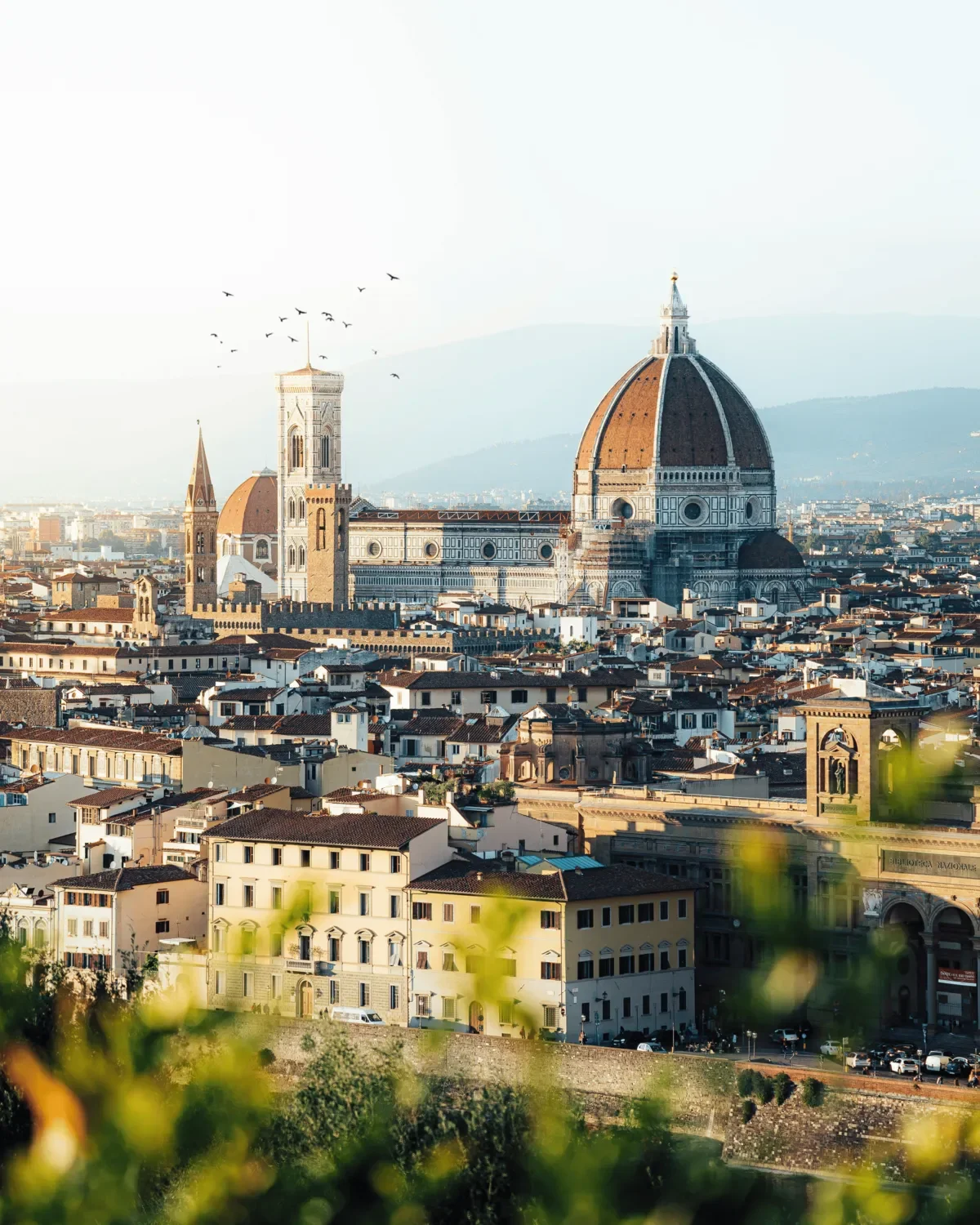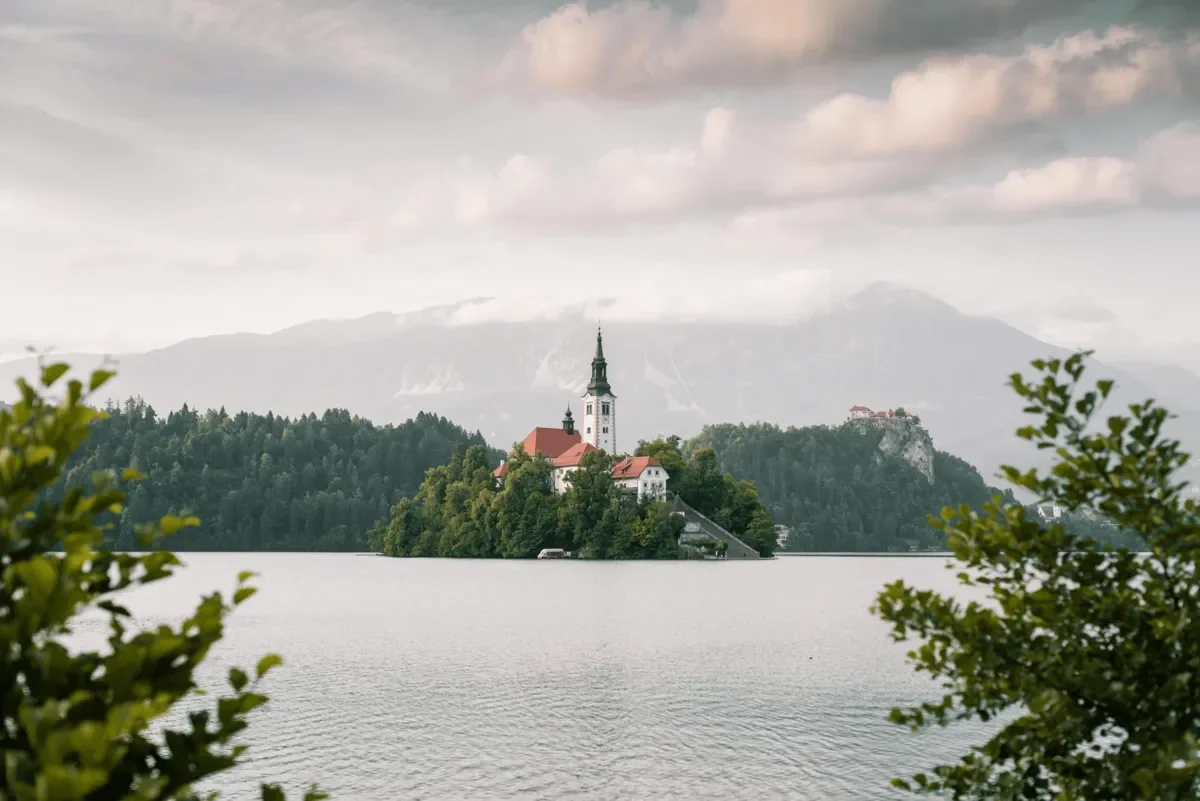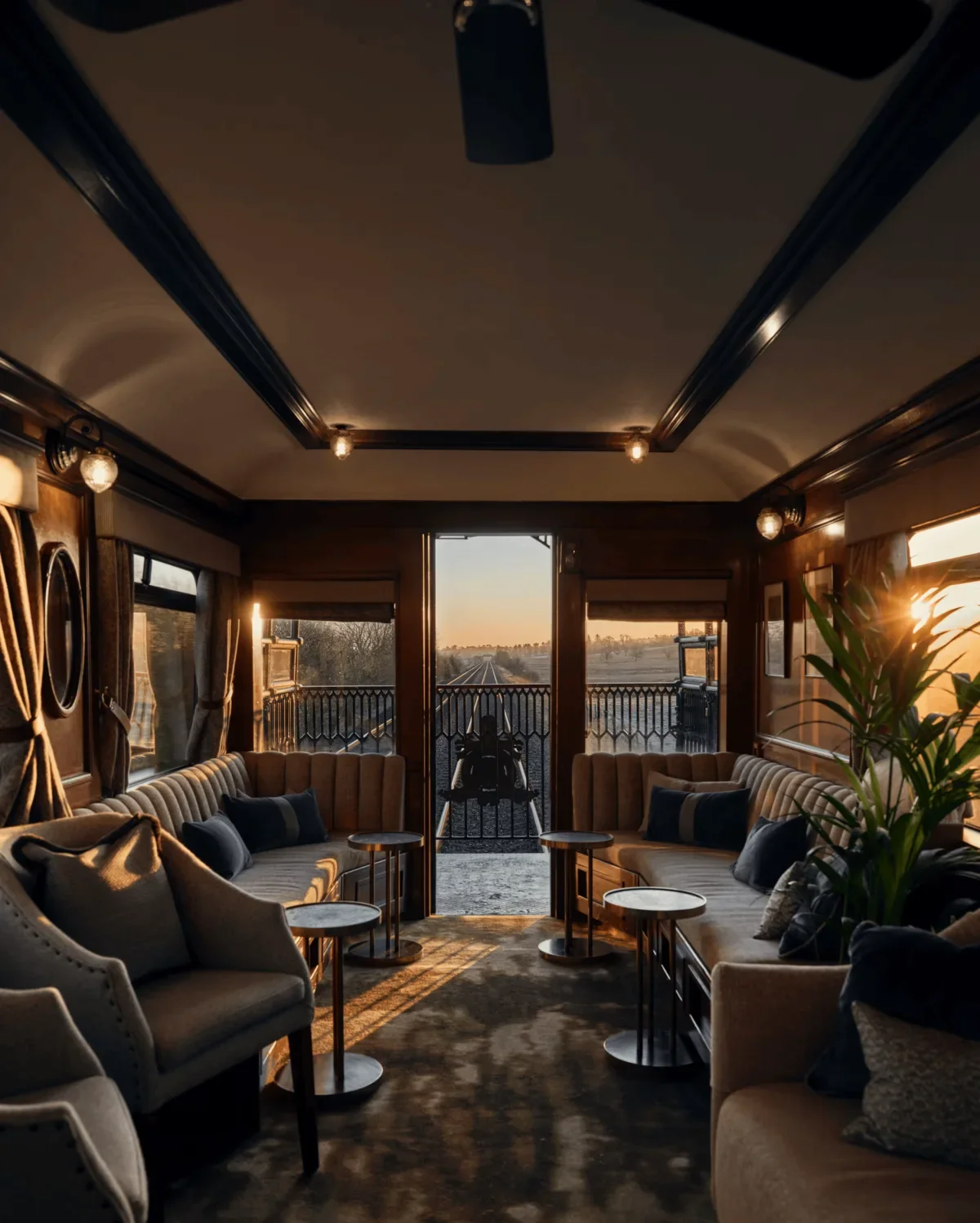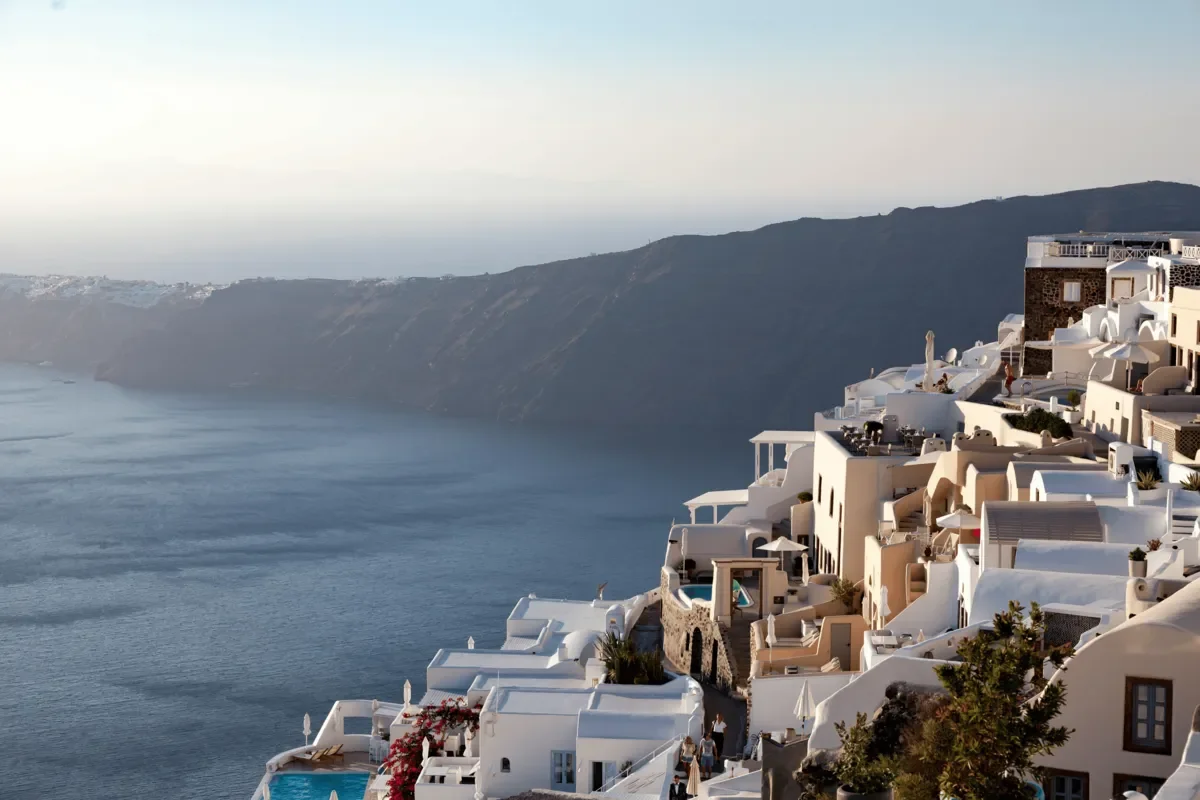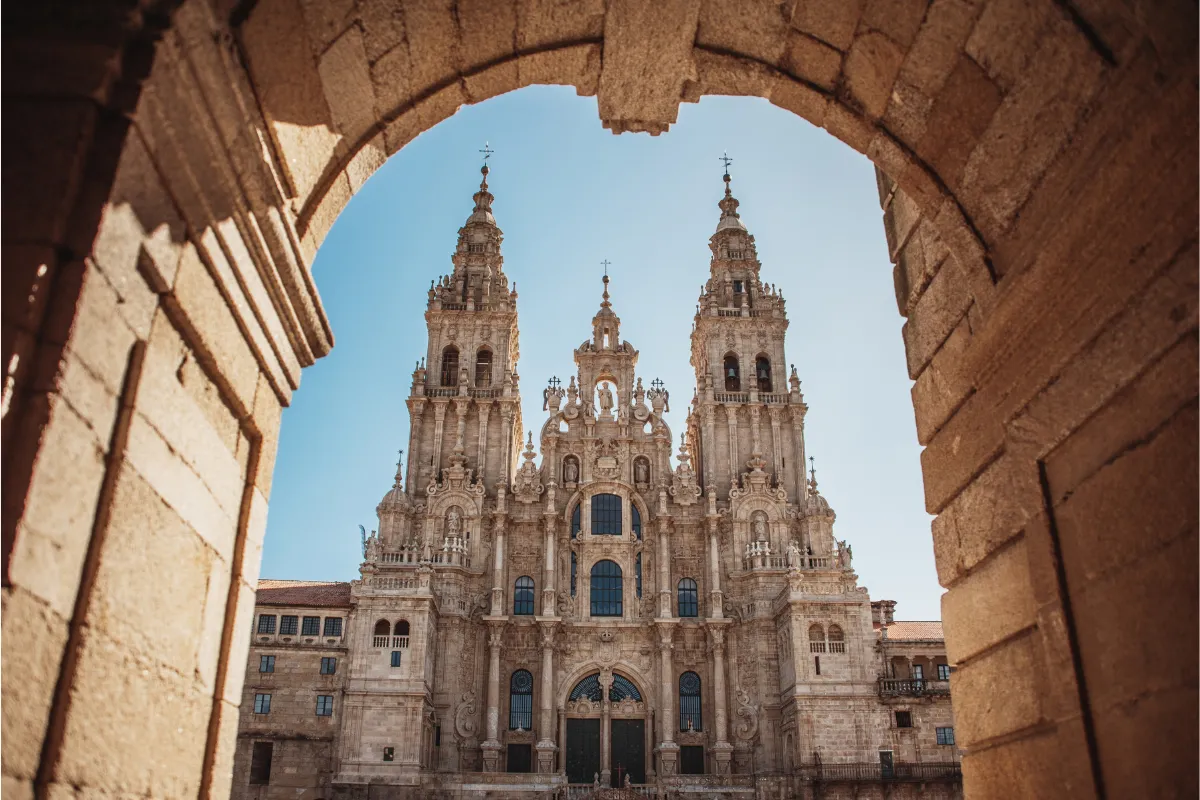Slow Travel: Cultivating Connection Through Pace
Last update October 28, 2025
Slow travel deepens every journey: stay longer in one place, lower carbon footprint, and weave yourself into local culture for memories that endure.
Choosing to linger in one destination lets you explore at a human tempo. Instead of booking flights between iconic cities, you rent a room, walk to the train station, and allow the surrounding culture to shape each sunrise. Over several mornings, the once-unfamiliar external environment evolves into a place of belonging; by the end of a week, the smell of bread and the sound of church bells have woven into memory. The benefits are clear: a smaller carbon footprint, fewer logistics, richer conversations, and stories that bloom when curiosity, rather than the clock, guides the way. This article explains what slow travel is, explores its origins, offers practical tips, highlights inspiring destinations, and shows how an unhurried rhythm invites connection. You will see how traveling deliberately leads you toward regional cuisine, prompts encounters with residents who share the history of their streets, and turns a single day trip into a layered dialogue with landscape and community. Whether you have a week, a month, or just a long weekend, learning to linger can transform every mile into meaning.
Inside This Story
Affiliate Disclosure
Some links in this post are affiliate links. That means we may earn a small commission, at no additional cost to you, if you choose to make a purchase. These are always brands, stays, or experiences we would recommend to a dear friend. Thank you for supporting the quiet sustainability of Terra Selene.
What Slow Travel Means
Slow travel means entering a place the way light fills a room, gradually and completely. Instead of counting tourist attractions, you count conversations with local residents. You arrive in a small town or a different city, unpack for a few days, and let the rhythm of local living guide your activities. Staying longer in one destination allows you to visit the same market several times, observe how vendors change their produce throughout the week, and greet shop owners by name. The practice insists that presence matters more than distance covered. Traveling slowly is, therefore, not laziness, but a deliberate pursuit of context. You become aware of children hurrying to school, elders sitting in the afternoon shade, and how one train station choreographs departures that keep the region breathing. By choosing this slower pace, you grant the mind space to absorb scent, texture, and dialect. The reward is intimacy with local culture that hurried itineraries cannot achieve. When you depart your home nation, the moment you enter a foreign country under this ethos, you behave less like a sightseer and more like a temporary neighbor, eager to understand customs at their source.
Roots of The Movement
The intellectual seed of slow travel took root in the International Slow Food movement, launched by Italian activist Carlo Petrini in 1989. Petrini argued that time is an ingredient, insisting that flavour, culture, and community ferment only at an unhurried pace. Within a few years, writers carried this “slow” idea beyond kitchens; essays contrasted lightning tours with month-long stays in a single country. As the course of global tourism accelerated, concern over aviation emissions and overcrowded cities sharpened interest in deceleration. United Nations World Tourism Organization data show tourism now produces nearly eight percent of global greenhouse gases, much of it from rapid hops between different places. At that point, travellers began exploring an alternative: to remain longer in one corner of the world and let depth replace distance.
Benefits of Traveling Slowly
Staying at least a week in one destination keeps cash in your pocket and hours on the clock. You spend less time wrestling with train timetables and more time greeting the baker who now remembers your order, an example of how familiarity turns everyday errands into cultural exchange. Families notice that children find rest quickly, making playground allies instead of standing in airport queues, while solo travellers slip naturally into the morning tableau, chatting with farmers about soil or musicians testing new riffs in the square.
Economic studies in France show guests who remain beyond six nights direct forty percent of their budget to independent eateries, amplifying revenue for the local community. Environmental analysts note that trading one short flight for regional rail can reduce CO₂ emissions by up to 800 kilograms per single itinerary. In the broader context of global tourism, these small choices add up: fewer rapid hops between major cities mean lighter footprints and stronger neighborhood economies.
Psychologists link an unhurried rhythm to higher agency and lower decision fatigue; a 2023 study found that travellers who cut transport frequency registered a twenty-percent drop in cortisol. Writers surveyed by the American Psychological Association produced twenty-seven percent more original work when they spent five weeks in each location. Even a weekend handled slowly offers restorative power, think afternoon siestas, twilight walks, and the simple luxury of watching light change on the same facade. In short, slow travel gifts body and mind the space to breathe, ensures wallets support local hands, and lets the planet exhale too, benefits that linger long after you’ve moved on.
Planning an Intentional Journey
Slow travel begins with focus. Select one passion, perhaps vineyard heritage, vernacular architecture, or coastal hiking, and choose a destination that nurtures it. Consult harvest calendars, festival diaries, and first-class train station timetables months ahead, ensuring your arrival coincides with seasonal highlights of local culture. Reserve an architect-designed villa, a restored palazzo suite, or a design-forward serviced apartment; such spaces embed you in neighbourhood rhythms while offering the elevated privacy a five-star hotel cannot match. Pack light yet refined, linen that survives extended journeys and leaves room for market treasures. Plan a single curated experience each day, then keep generous white space for serendipity. When wanderlust stirs, arrange a chauffeur-driven electric vehicle or board a panoramic carriage for a leisurely day trip to a small town nearby; return before sunset so your street still feels like home.
When a stay stretches beyond one week, negotiate monthly terms on a heritage residence—an 18th-century palazzo suite or a design-forward villa. The longer commitment often trims the nightly rate below comparable hotel suites while granting the privacy needed for reflection. Evenings become experiential rather than extravagant when a private chef sources local food from farmers’ markets, turning your kitchen into a classroom of regional flavor.
Secure first-class rail passes well in advance; the wider seats, onboard gastronomy, and panoramic windows prove that luxury and sustainability can share the same track. Digital professionals can align remote work blocks with school calendars, replacing hurried commutes with slow mornings and focused afternoons. Finally, store documents in encrypted cloud vaults and keep duplicate cards separate from luggage, preparedness is the quiet partner of elegance.
For illustration, imagine anchoring in Emilia-Romagna. Lease a 17th-century loft in Modena, a different city from tour-packed Florence, yet just fifteen minutes by high-speed rail to Bologna. Devote weekday mornings to markets heaped with Parmigiano Reggiano and aged balsamico; reserve Tuesdays for a private Lambrusco masterclass; keep Saturdays open for a chef-led foraging day trip in the Apennine foothills. Because few prepaid tickets tether the calendar, invitations from new friends, perhaps a vintner’s truffle lunch or an impromptu opera rehearsal, fit effortlessly into the unfolding story. In this way, time itself becomes the most exquisite amenity, confirming that slow travel is not thrift but a conscious investment in depth, presence, and grace.
Living Local Culture Day-to-Day
The essence of slow travel unfolds once the suitcase is unpacked. Begin mornings by walking the same lane; repetition reveals subtle changes in light and smell. Stop for local food at a café where shop owners greet commuters by first name. Listen to the cadence of speech; mimic it softly as you order coffee. Spend the late morning exploring back alleys just beyond the beaten path, noticing how murals, door knockers, and balcony gardens express the local community's imagination. After lunch, catch a tram to the riverbank for leisurely hiking, or ride two stops to a different city district known for traditional crafts. Return in the evening to share music in the plaza, discovering how traveling slowly lets stories accumulate. During the week, attend a pottery class or volunteer at a library reading hour; these gestures stitch you into local life. By the seventh sunrise, you will feel the boundary between visitor and resident blur, proving that a few days of sustained attention can transform perspective.
Mid-week afternoons are ideal for skill exchanges: teach English for a lesson in folk dance, or trade photography tips for a grandmother’s soup recipe. On Sundays, join local people for a day trip by rail to a village fête; the short ride fits the philosophy because the original bed remains your anchor. Seasonal festivals become milestones. Spend autumn in Kyoto to witness Jidai Matsuri, or share chestnut sweets as maple leaves ignite temple gardens. During spring in Colombia, Barranquilla’s carnival turns crossroads into living classrooms of cumbia beats, an immersion impossible during lightning visits because costume sewing and drum rehearsal unfold across a few days.
Destination Spotlights
Western Europe
Consider Utrecht in the Netherlands, a small town beside quiet canals, yet only twenty minutes by rail from Amsterdam. Base yourself for a few days in the medieval centre, cycle under leaning bell towers, and take a day trip to Gouda for cheese markets. Because Utrecht attracts fewer tourists than other major cities, local culture feels accessible; shop owners pause to chat while you sample stroopwafels still warm from the iron. Another highlight in Western Europe is Colmar, France, where half-timbered houses reflect in calm canals. Renting a cottage allows vineyard walks each morning with an afternoon hop to Strasbourg Cathedral. Further west, Tavira in Portugal offers salt lagoons and a historic train station that threads the Algarve. For a pilgrimage that epitomises slow travel, follow the coastal Camino route, letting vineyard-lined paths and stone villages invite reflection between each day’s gentle miles. Staying in Utrecht grants entry to the summer Canal Festival, and its central train station links effortlessly to Delft, Leiden, and Amersfoort for inexpensive day trips, proving that variety flourishes even when your pillow stays in one postcode.
Latin America
On Costa Rica’s Nicoya Peninsula, Nosara exemplifies slow travel refined. Base your week in this Blue Zone hamlet, splitting mornings between guided surf sessions at Playa Guiones and Vinyasa classes under teak rafters at Bodhi Tree Yoga Resort or the storied Harmony Hotel. Follow jungle footpaths to smoothie bars that source fruit from nearby permaculture gardens, then accept a concierge-arranged weekend trip north to Ostional’s moonlit olive-ridley turtle arribada. Mid-stay, indulge in a private 4×4 day trip into the highlands, where a family cacao farm pairs bean-to-bar tastings with sweeping views of the Nicoya Gulf. Nosara’s rhythm, morning breath work, afternoon tide checks, and evening tamarind sunsets prove that depth, not distance, delivers the most enduring memories. Everywhere, Nosara’s blend of wellness culture and traditional ranching rewards the time-rich traveller with conversations that stretch as wide as the Pacific horizon, proving that depth, and not distance, defines discovery.
Sustainability and Community Impact
Slow travel aligns delight with responsibility. By visiting fewer locations and spending longer in each, you cut transport segments and the associated carbon footprint. The World Travel and Tourism Council calculates that if only ten percent of international travelers travel this way, aviation emissions could fall by sixty million tonnes yearly. Longer stays redistribute money, directing spend toward corner groceries, independent restaurants, and cultural workshops rather than large chains, thus preserving local culture. Researchers at the University of Sydney found that visitors who stay fourteen nights produce thirty percent less waste per person than those who switch beds every two nights. A Highlands study in Scotland showed that villages hosting four-week writing residencies enjoyed a thirty-percent rise in winter revenue, helping youth remain employed locally. Councils in Japan’s Shikoku region now offer cultural workshop vouchers to guests booking ten nights, proving that policy can nurture the trend. Sustainability intersects with heritage too: month-long exchanges in Maori marae funded carving apprenticeships, safeguarding identity.
Overcoming Common Barriers
The most cited obstacle is limited vacation time. Yet even a long weekend trip can embody slow ideals: pick one neighbourhood, skip tourist attractions in other cities, and allow curiosity to steer. Visa limits feel restrictive, but sequential stays, three months in the Schengen zone followed by time in Croatia or Georgia, can extend a European journey across half a year. Safety improves when you build relationships; enrol in a cooking class or join a hiking group, generating contacts within the local community. Language anxiety fades after attending conversation clubs; ten phrases dissolve nervousness and invite smiles. Boredom can surface; treat it as a doorway to deeper observation, sketching façades, or mapping birdsong.
Bringing the Philosophy Home
Slow travel continues long after the boarding pass is filed away. Begin at home by curating a purposeful route through tree-lined side streets, stopping at one artisanal café every morning for several days and observing how local culture reveals itself through routine. Schedule a chauffeured day trip, or first-class rail jaunt, to a nearby vineyard estate, dedicating the full afternoon to cellar conversations rather than sprinting between landmarks. Invite friends to a chef-led dinner that showcases ingredients and techniques gathered while traveling slowly, pairing each course with stories that shaped your palate abroad. Executives can translate the ethos into work settings: replace three-city roadshows with a single heritage lodge where strategy sessions alternate with forest walks and farm-table lunches. Presence turns familiar pavement into discovery, proving that slow travel is less a distance than a sustained attitude of attention and grace.
Slow travel is an act of trust. You trust that one destination holds enough world to satisfy curiosity, that a slower pace will reveal layers invisible at high speed, and that local culture will answer patience with generosity. Staying in a small town or quieter quarter of a different city invites local people to become teachers, guiding you toward food traditions, hidden trails, and community rituals. After a few days, you discover that journey and dwelling merge; you are both visitor and participant. As you plan future trips, consider trading as many places as possible for a single base, letting day trips ripple outward. The reward will not be a longer checklist but a deeper story, remembered through aromas, friendships, and an inner sense of spaciousness. Let patience accompany your steps, and the horizons will widen inside as well as out, gifting insight, equilibrium, and stories that endure for generations.

